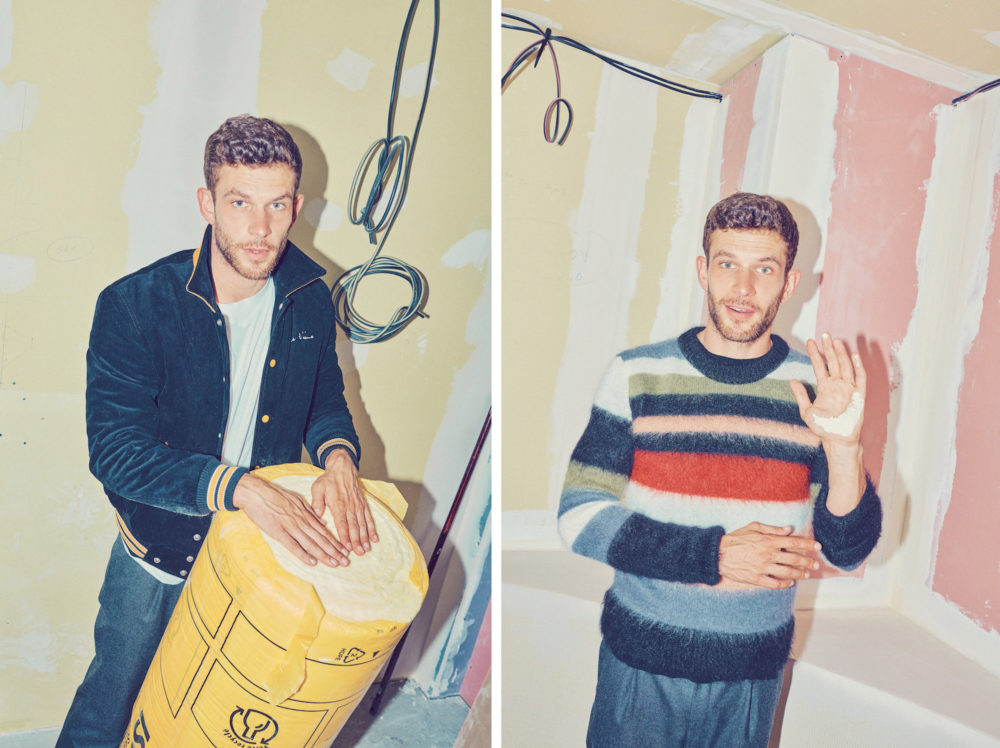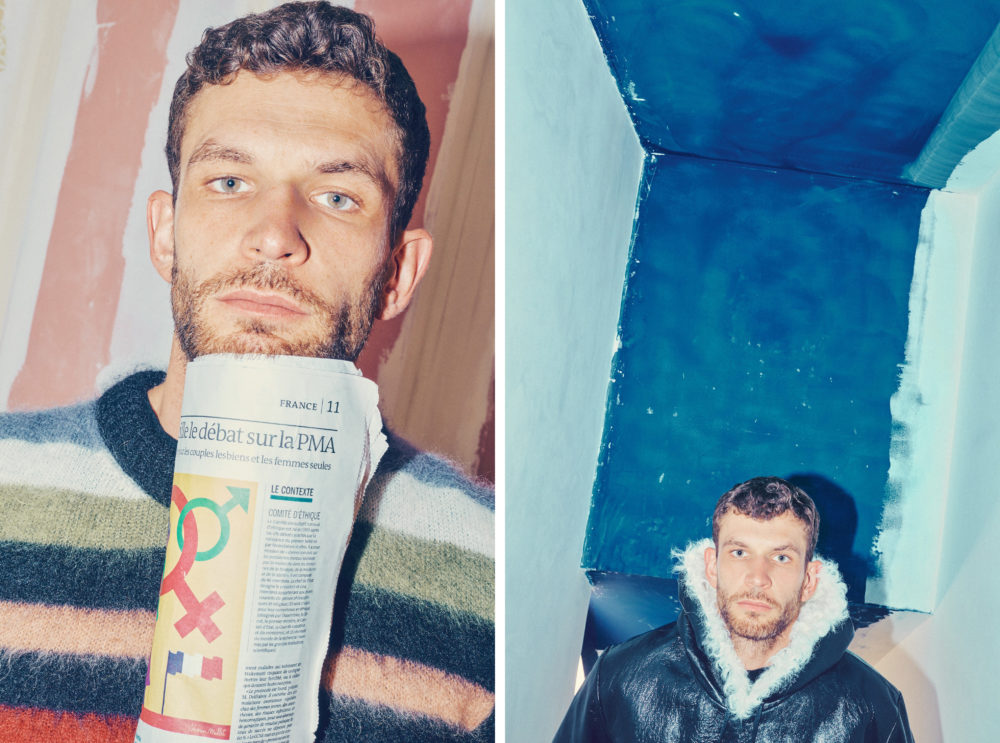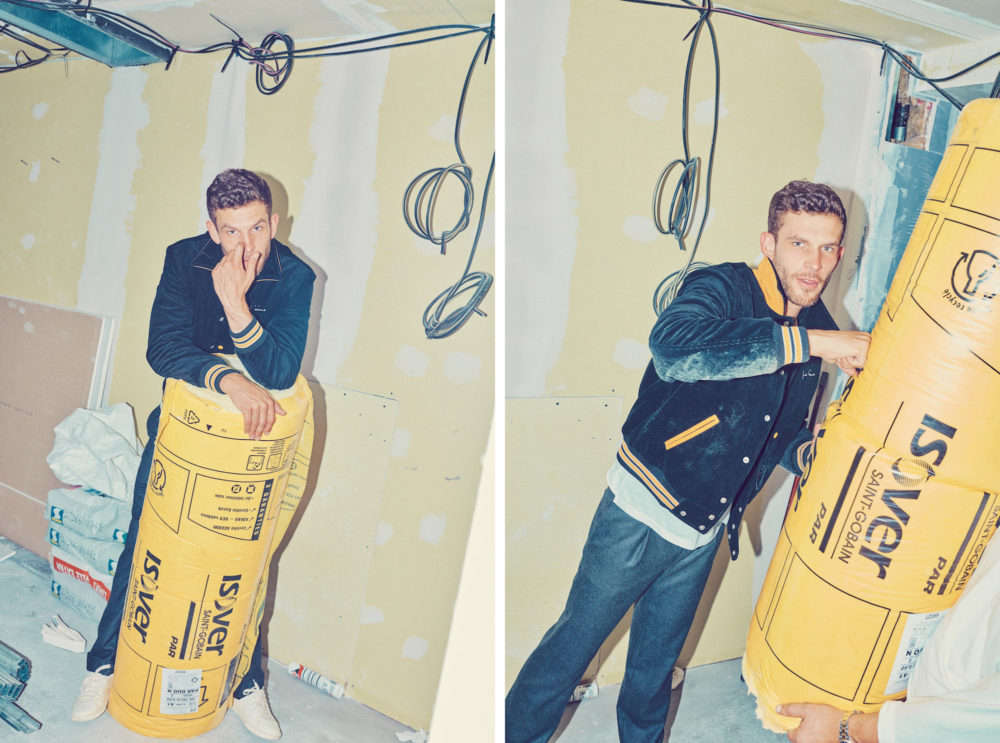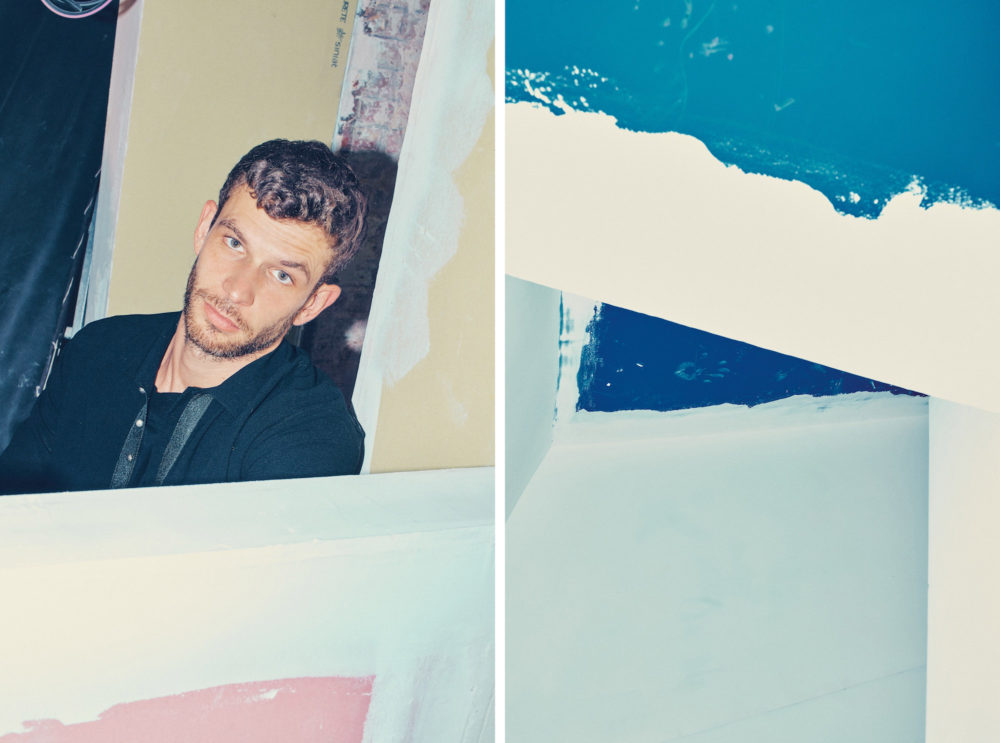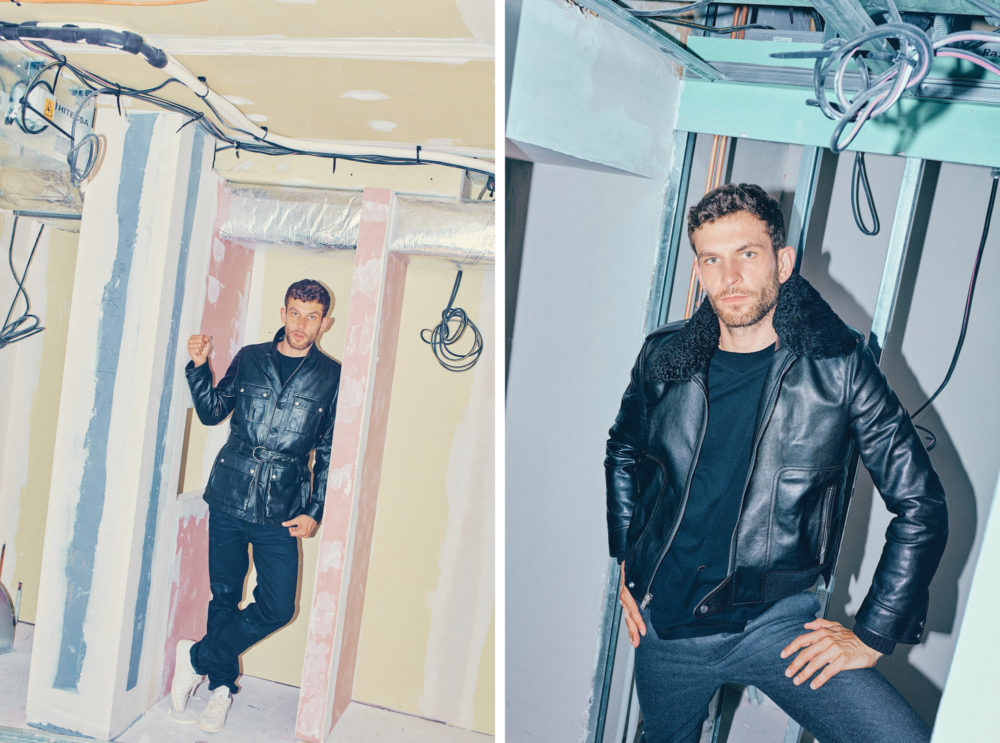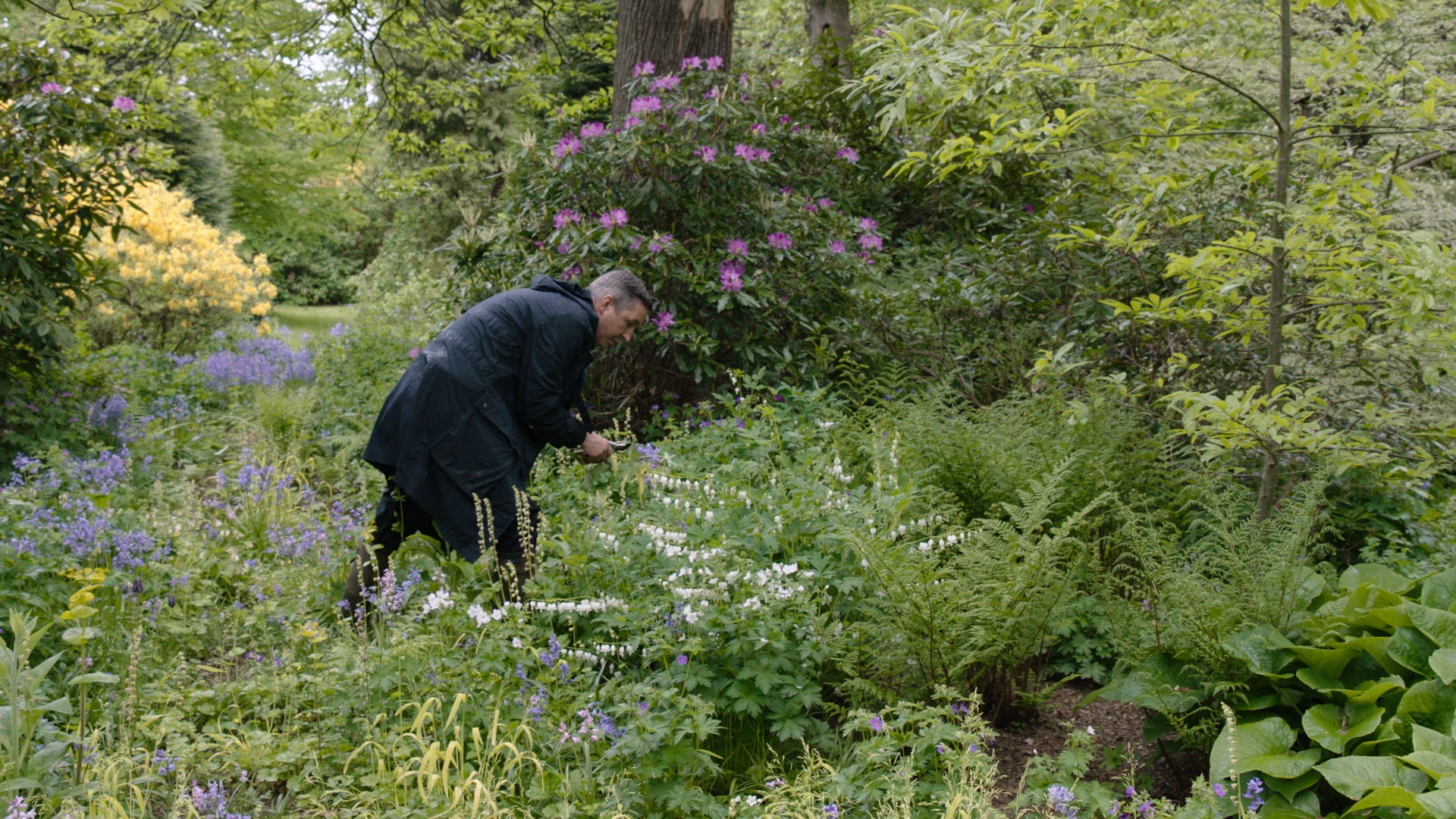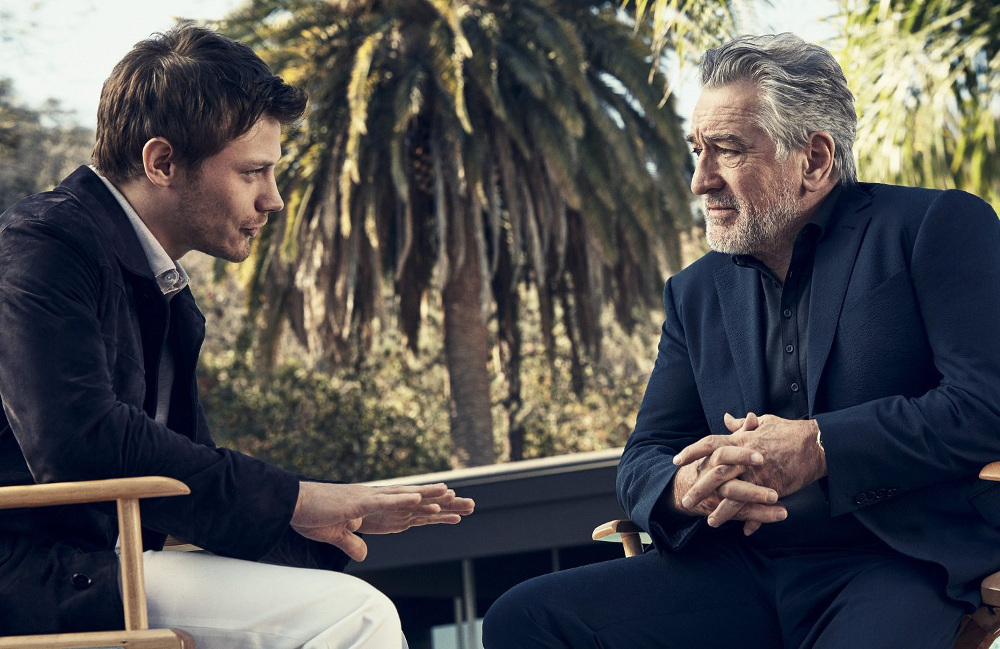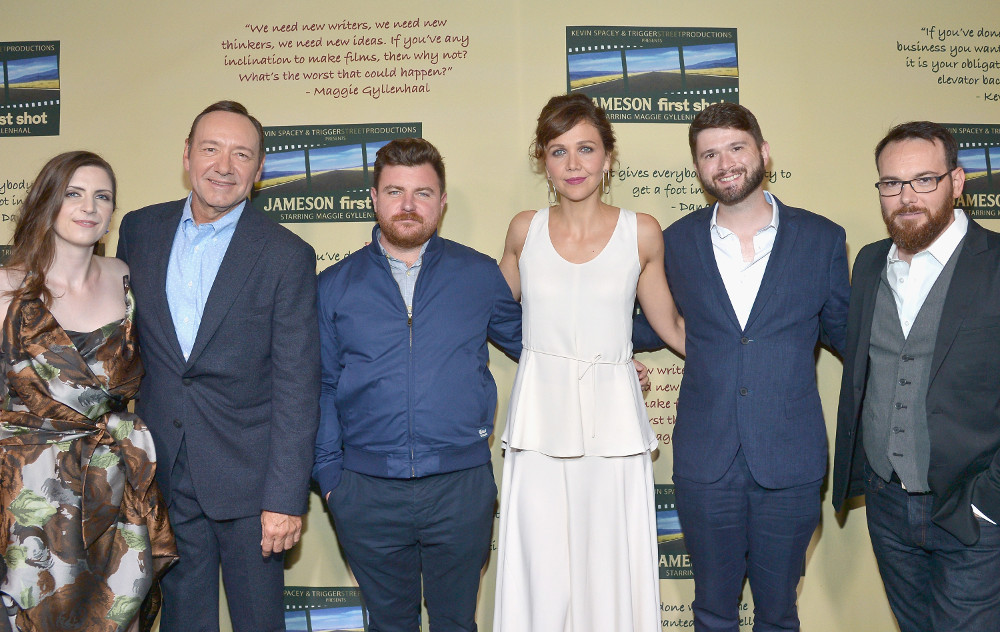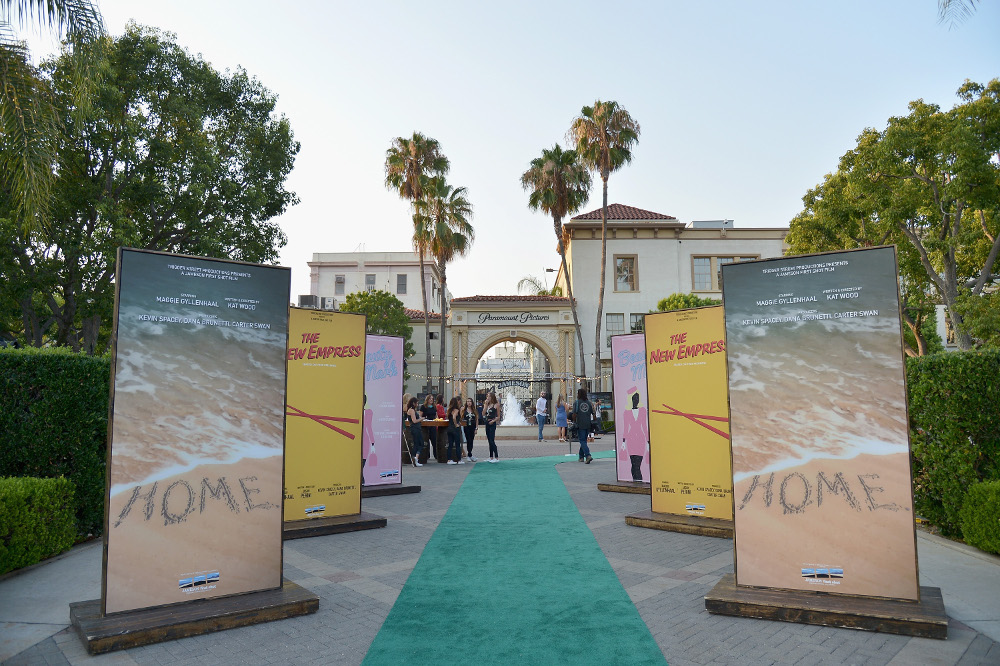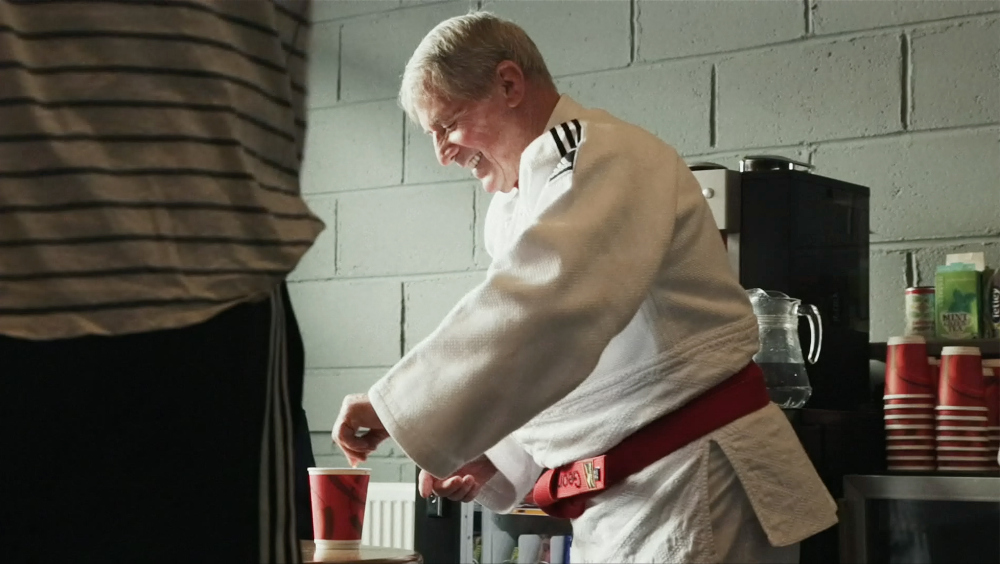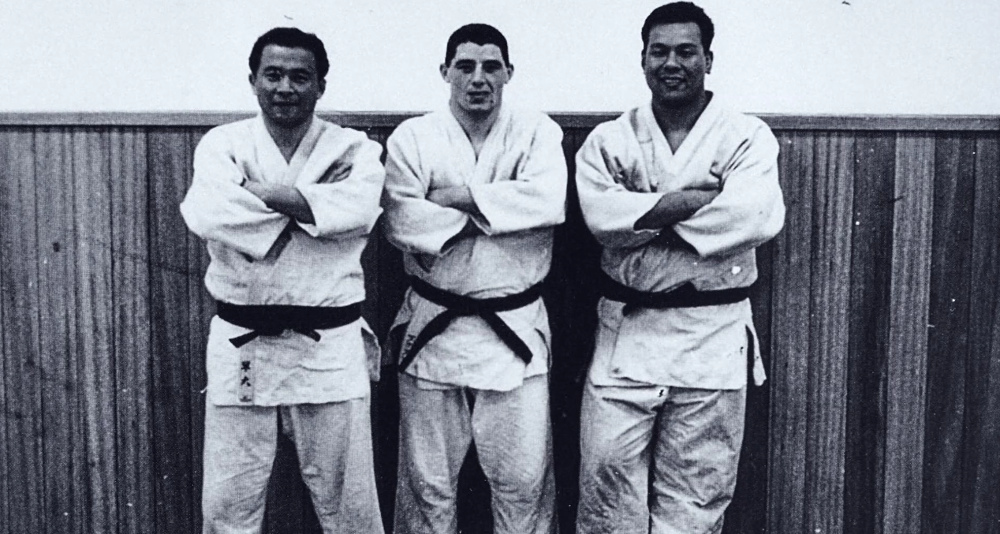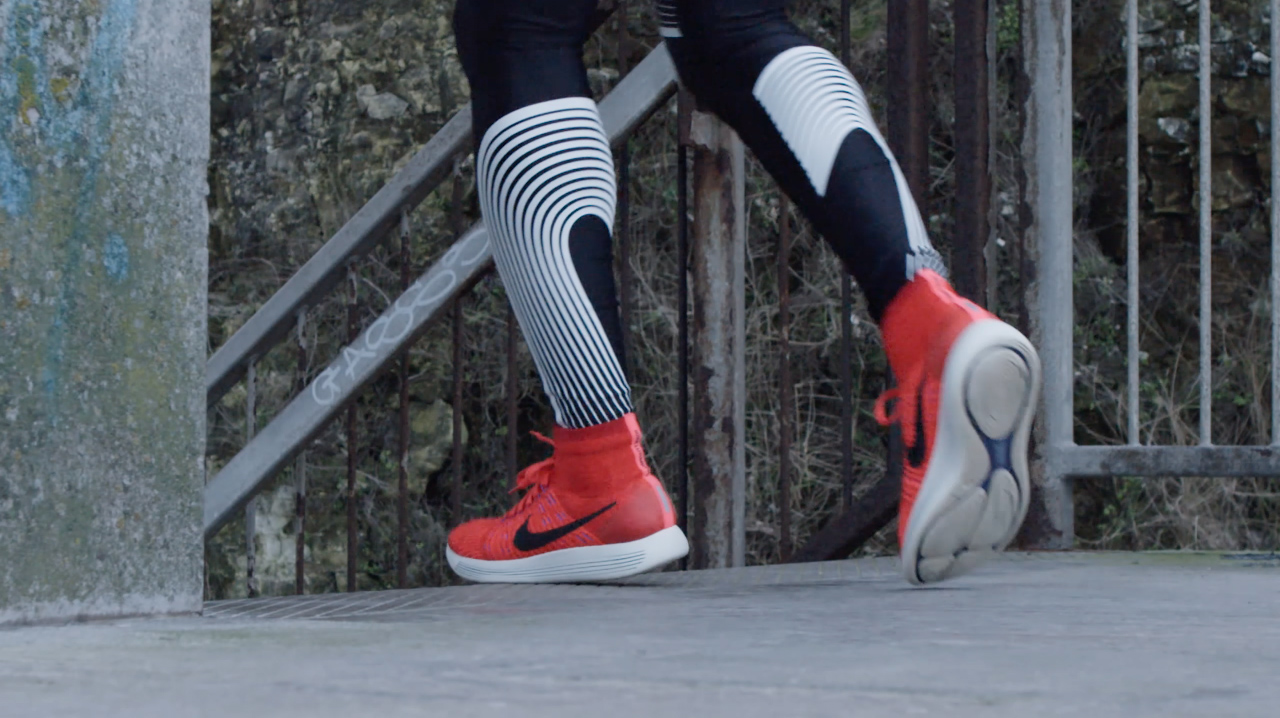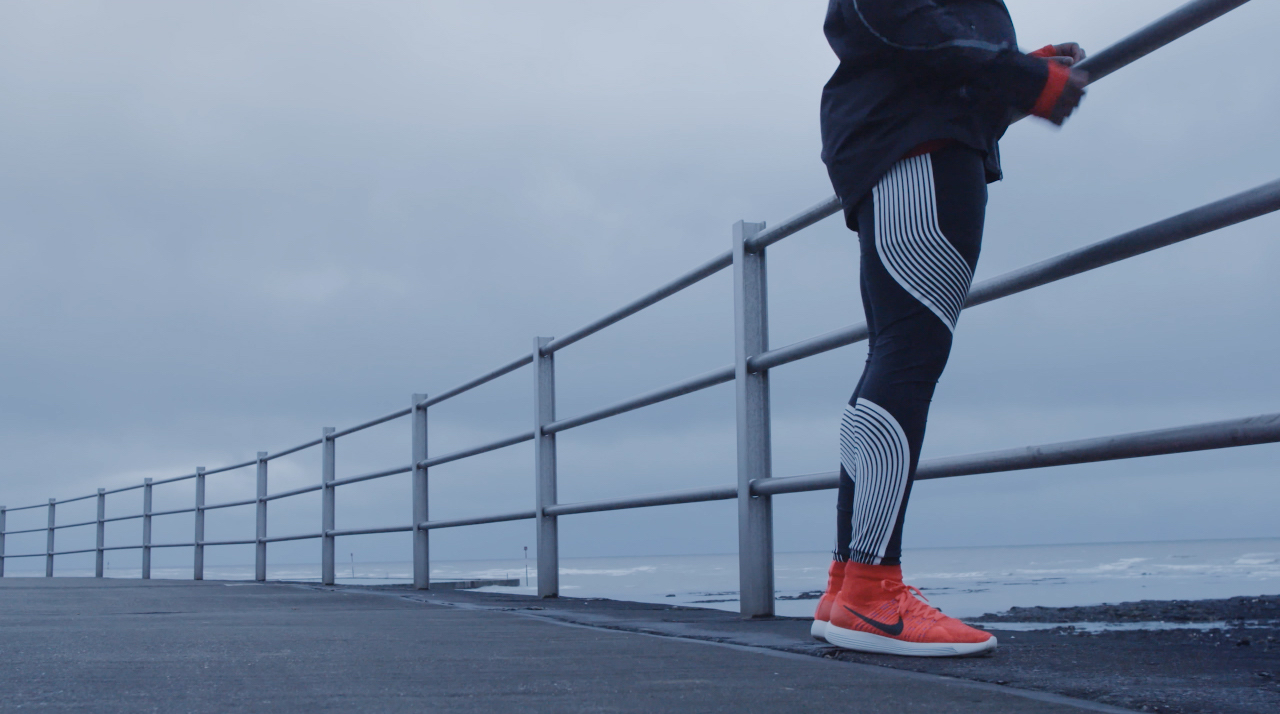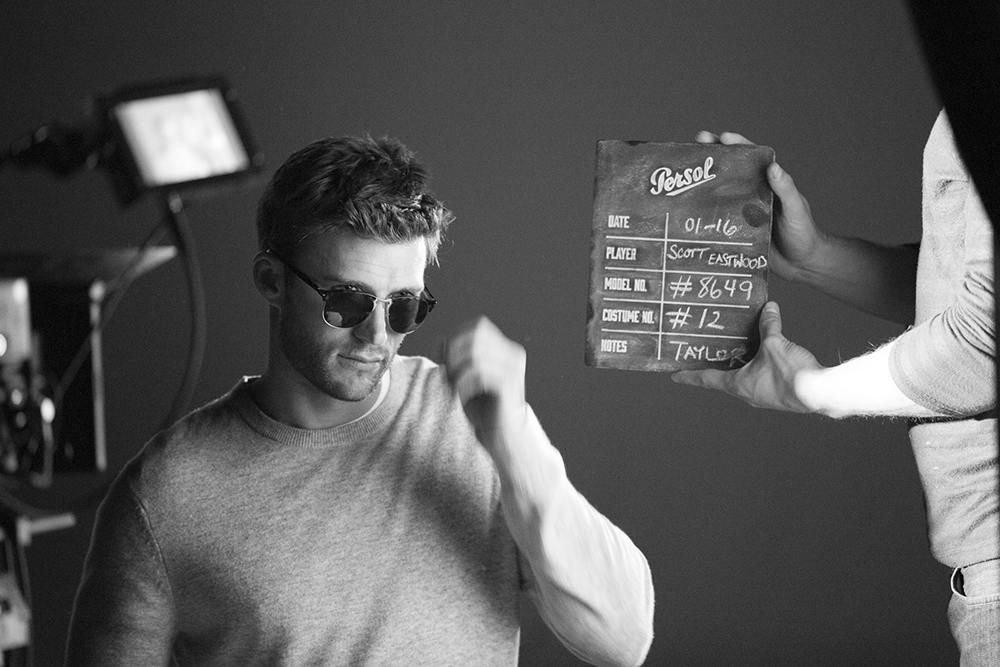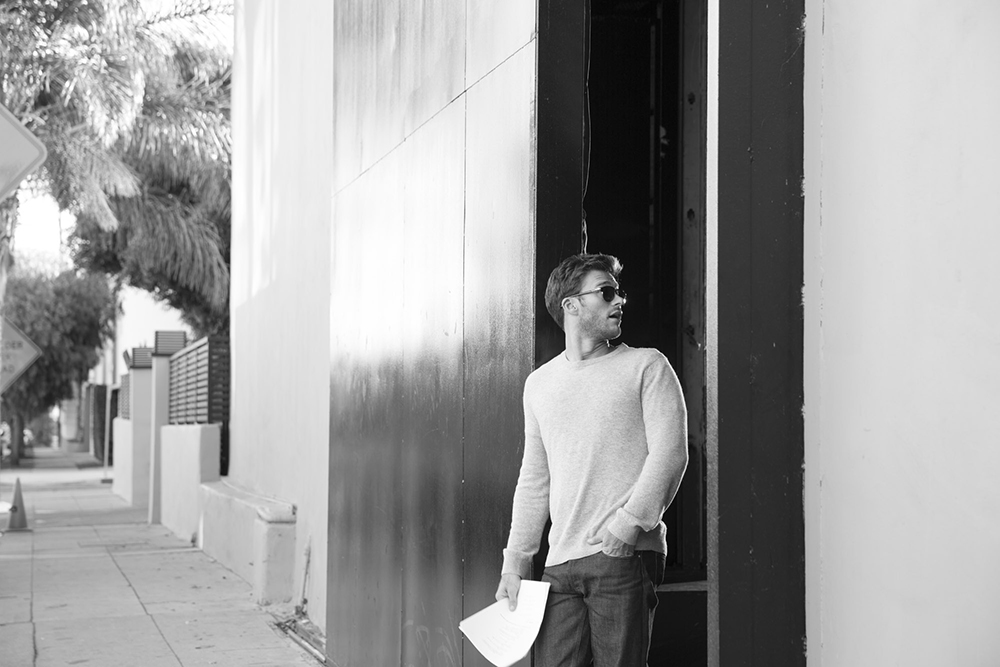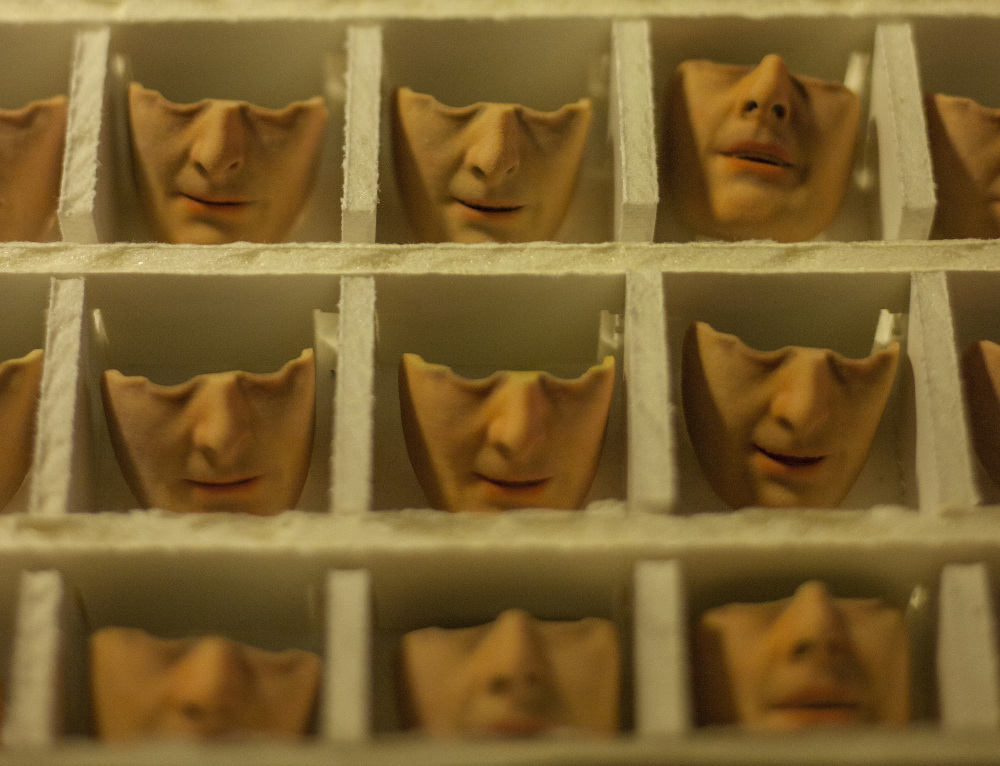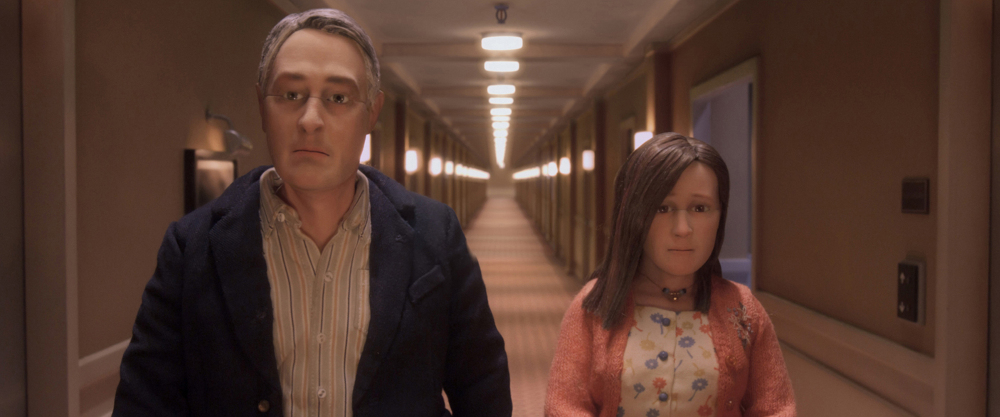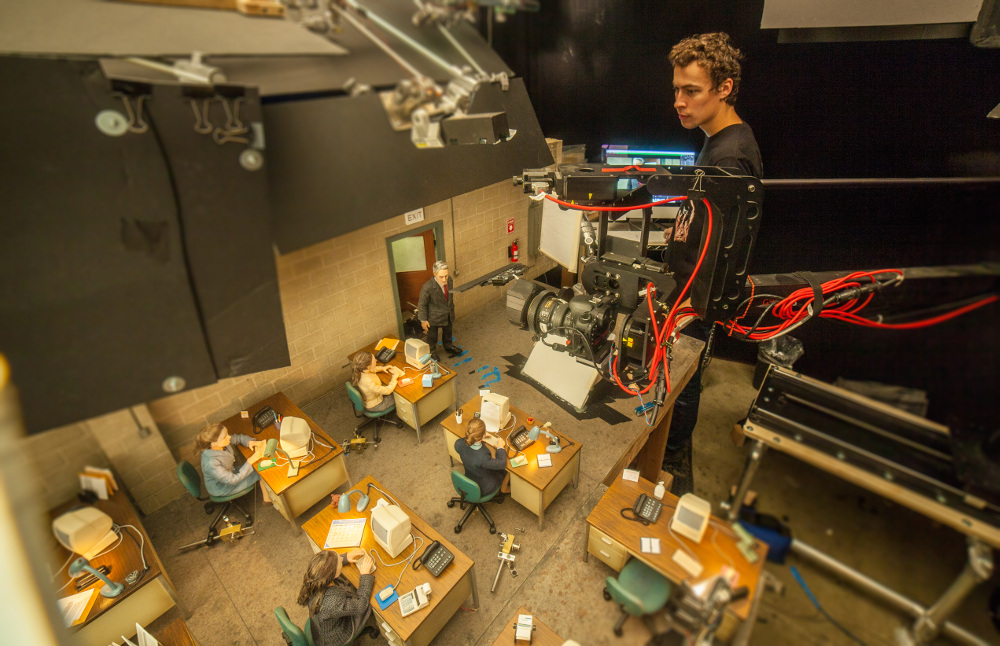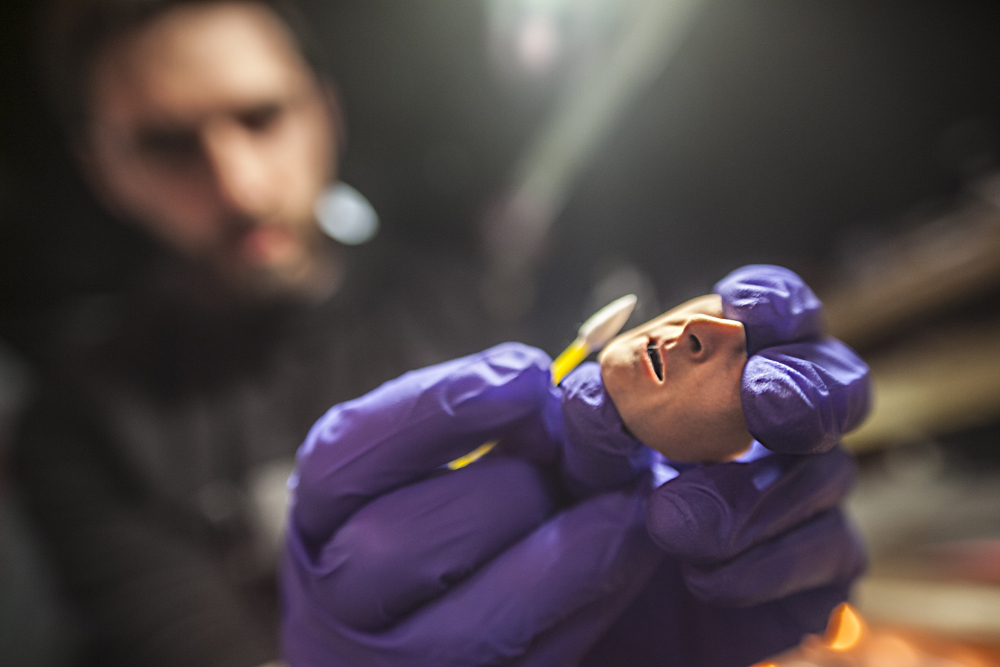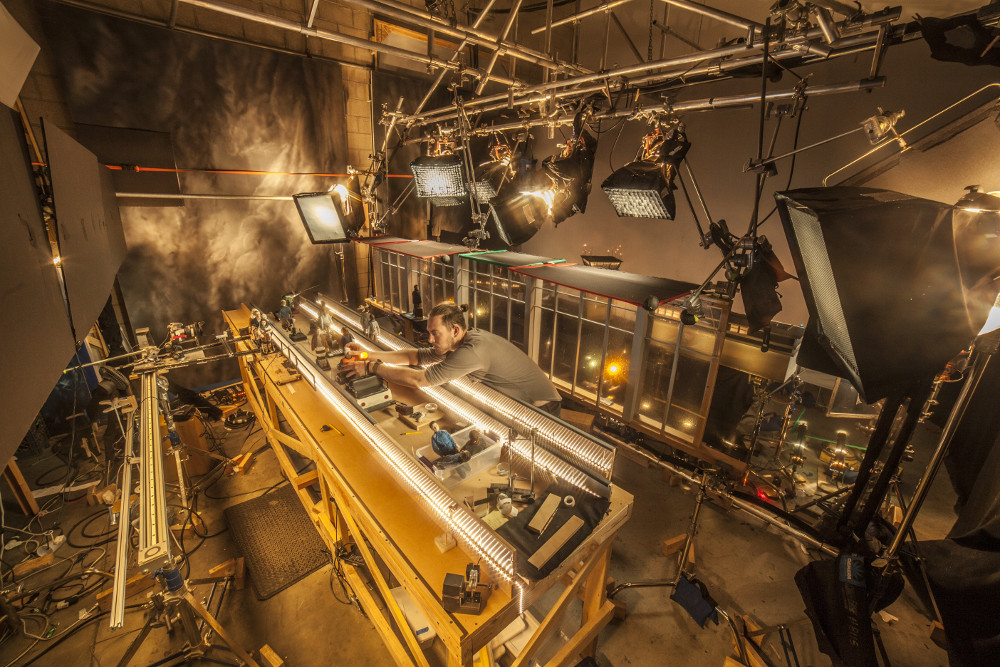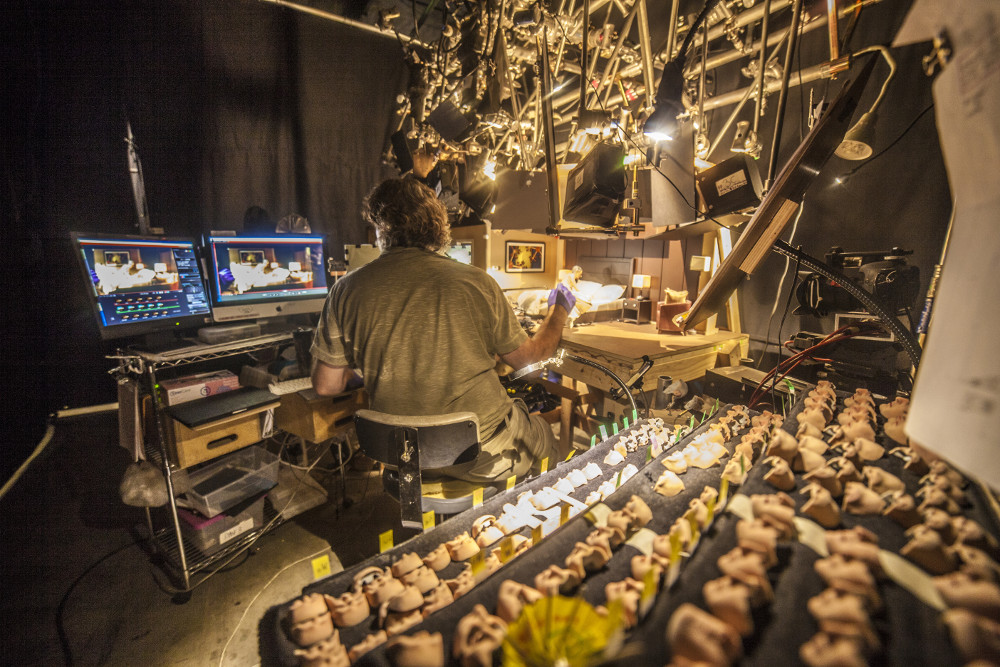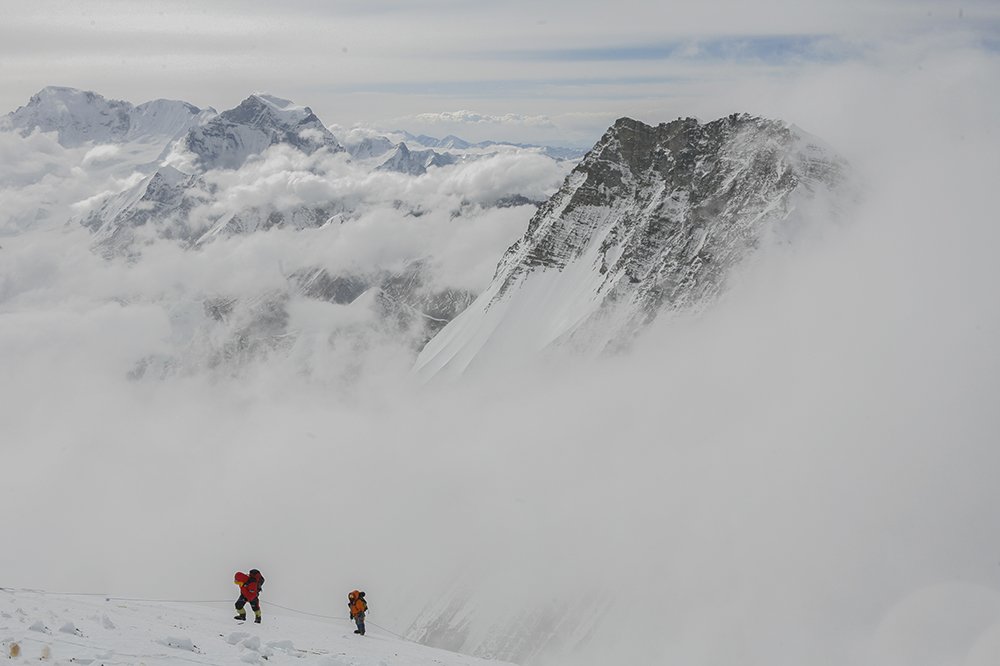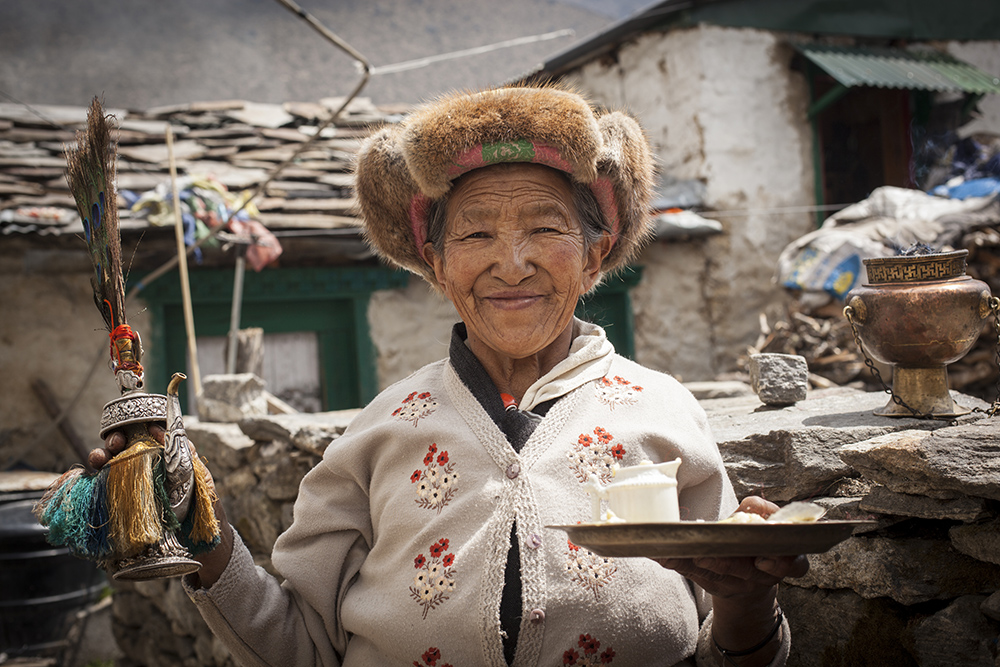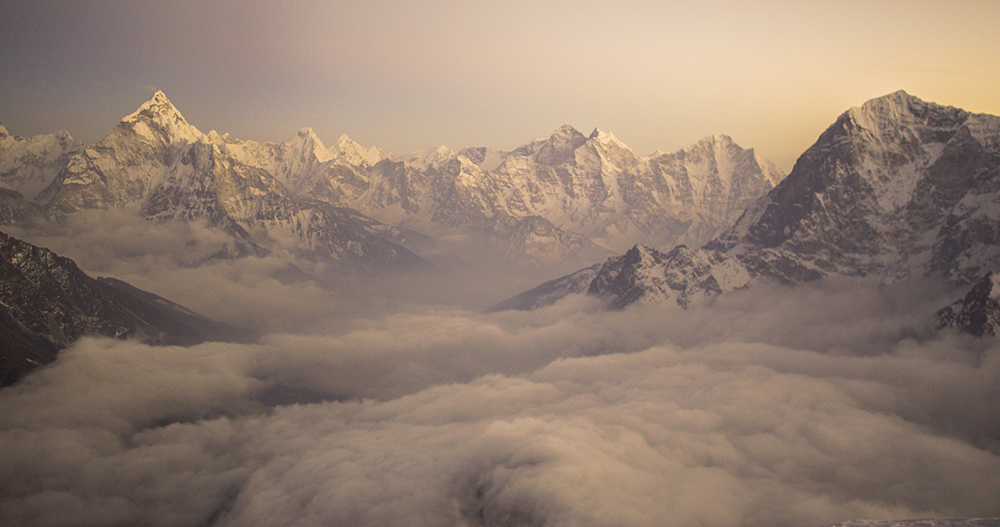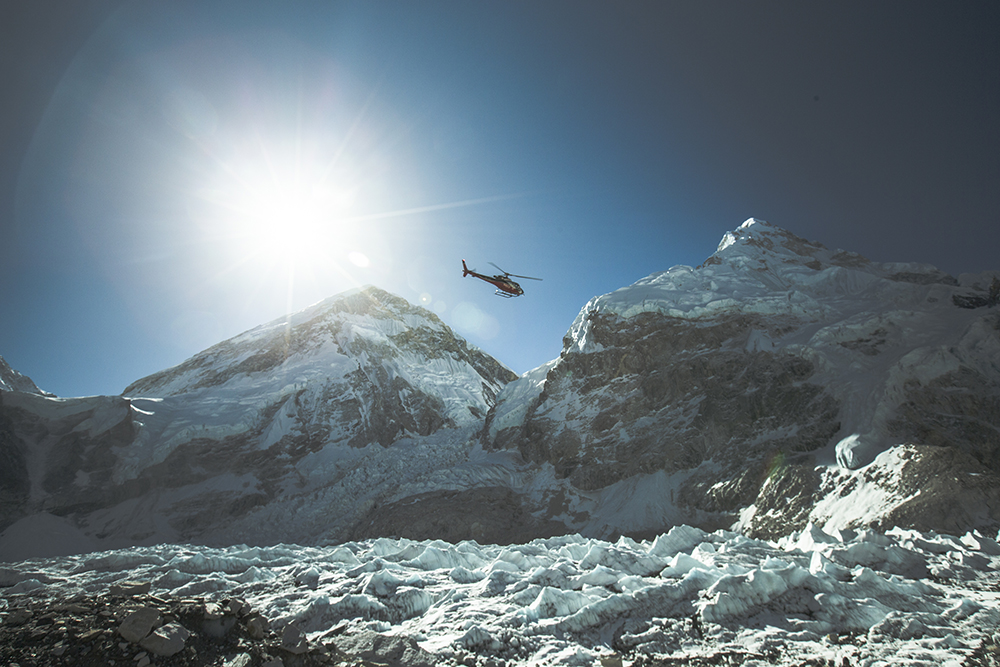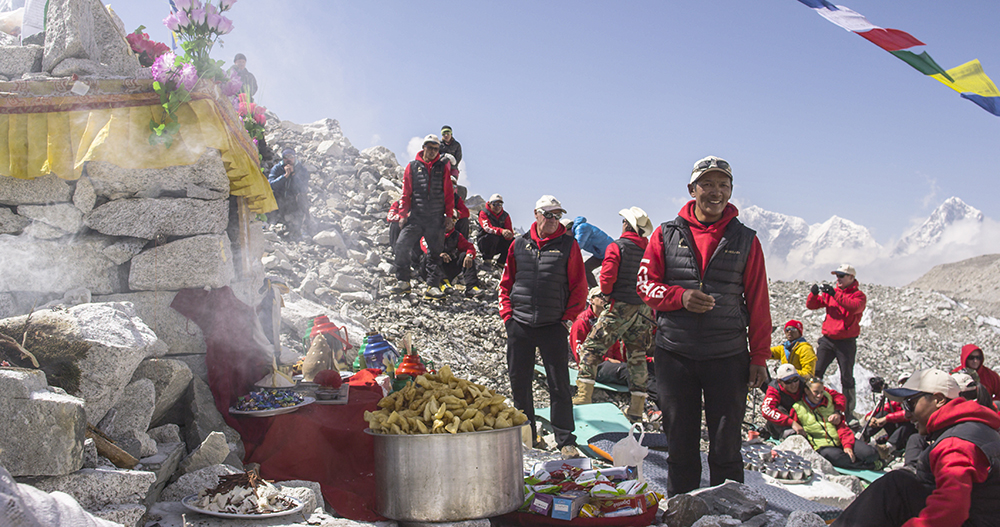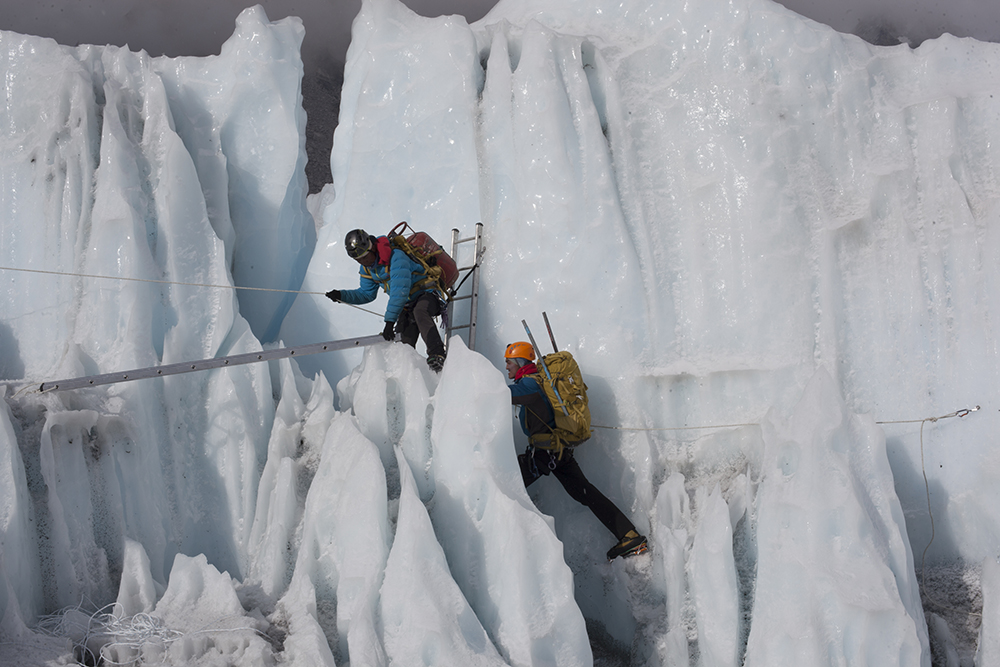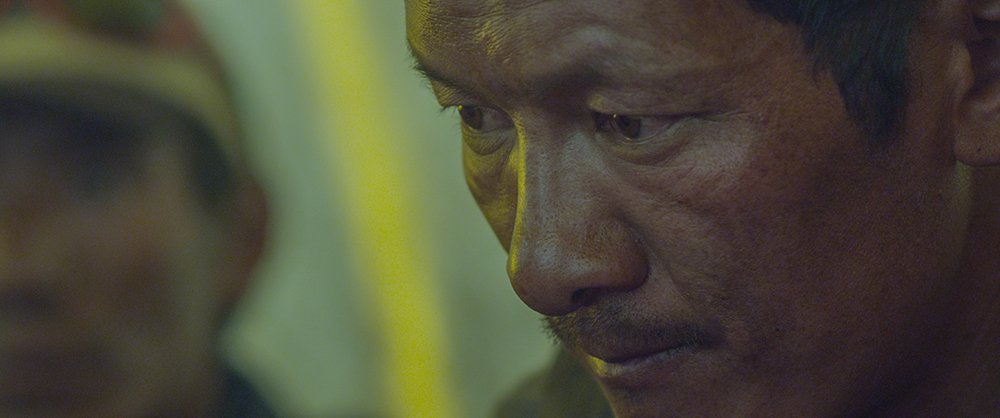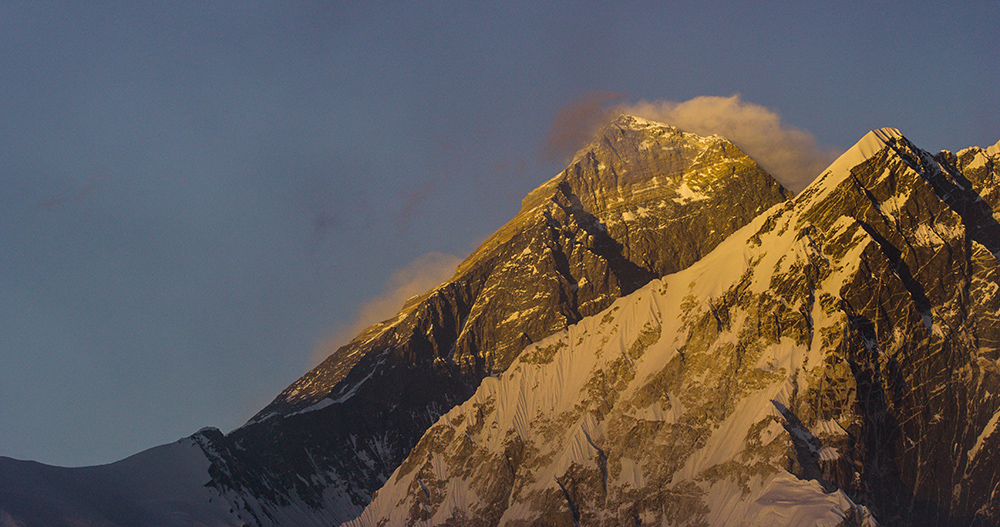Clare Grafik, curator of a new exhibition of Wim Wenders’s photographs, talks to Port about the director’s creative vision, connections between art and technology, and the Polaroid aesthetic
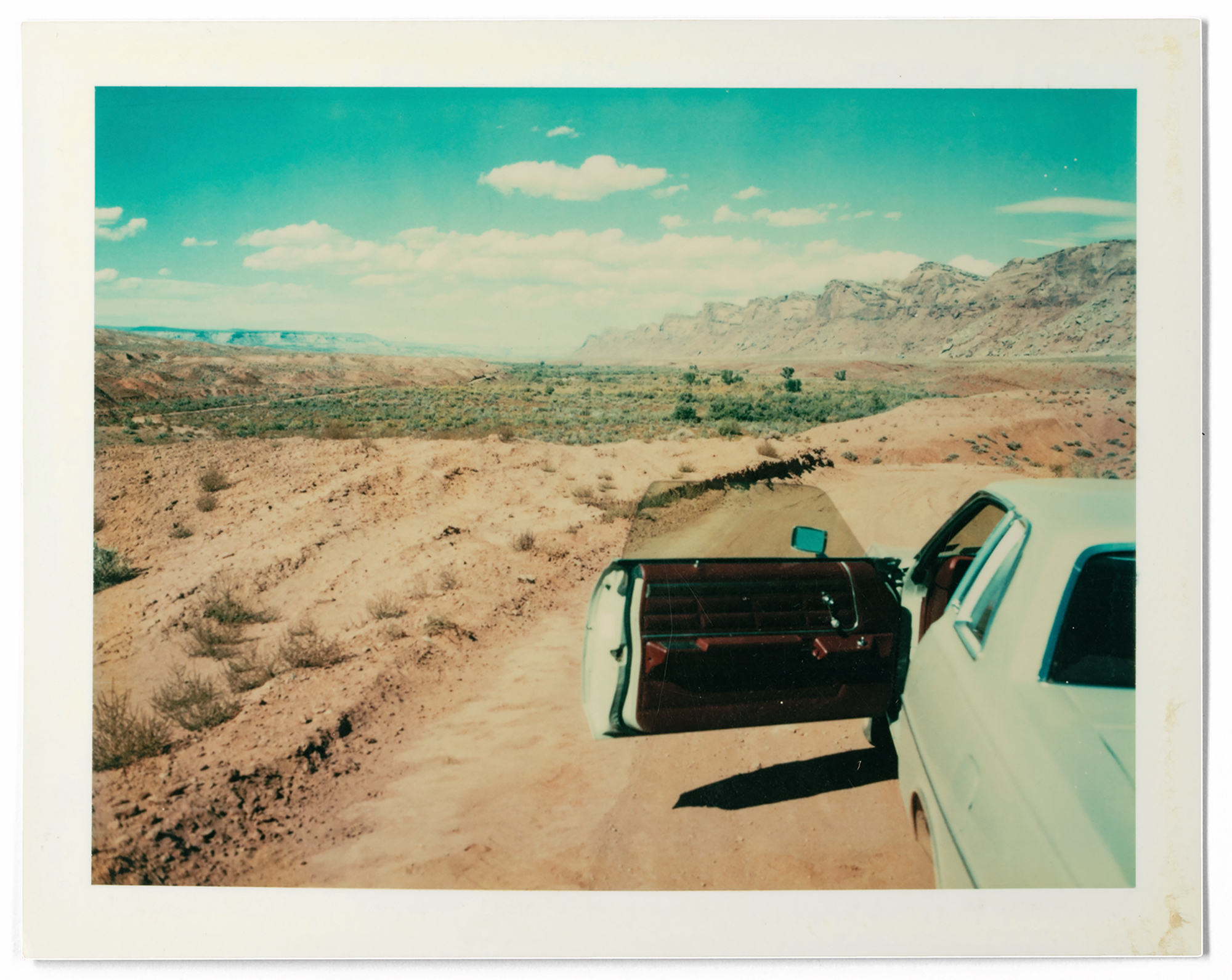
When Clare Grafik, the head of exhibitions at the Photographers’ Gallery, discovered that the Wim Wenders foundation had recently unearthed boxes of Polaroids that had been untouched for thirty years, she was immediately inspired. “If we work with an artist who is already well known, we’re interested in asking what part of their oeuvre is less familiar. I remember thinking, ‘I don’t even know what the Polaroids are like, but I want them.’”
Wim Wenders, the celebrated director of Paris, Texas (1984), is best-known as a filmmaker, though his photographs of large-scale, panoramic landscapes have also been widely exhibited. For Grafik, Wenders’s unassuming collection of Polaroids, amassed over nearly twenty years, represented a completely new direction for the artist. “He’s such a polymath, his creative vision is so versatile. It’s very unusual, I think, to be able to move between different mediums… I think he’s genuinely carved out quite an individual voice in each.”
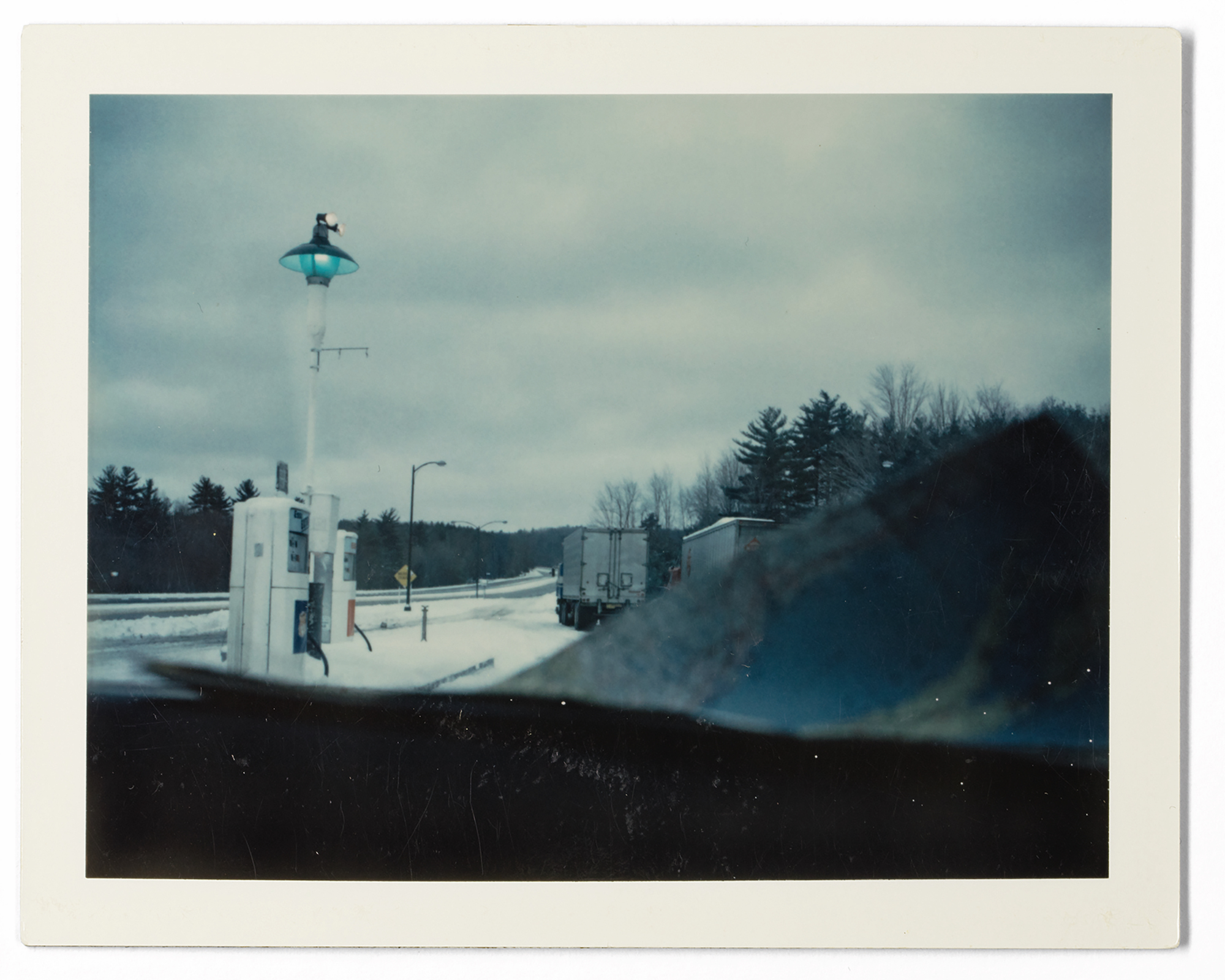
In the intimate gallery space hosting Instant Stories: Wim Wenders’ Polaroids, over 200 photographs have been subtly framed on the walls, grouped under poetic, evocative titles: ‘Alice in Instant Wonderland’, ‘A Man Named Dashiell’, ‘Looking For America’. “For Wim, the process of collating the images moved from being a visual to quite a diaristic experience,” explains Grafik, and the chapter headings dictated the structure of the exhibition. ‘Alice’, for example, refers to Wenders’s early film, Alice in the Cities (1974), about the wanderings of a young European man in America, who becomes obsessed with photographing the strange things he sees.
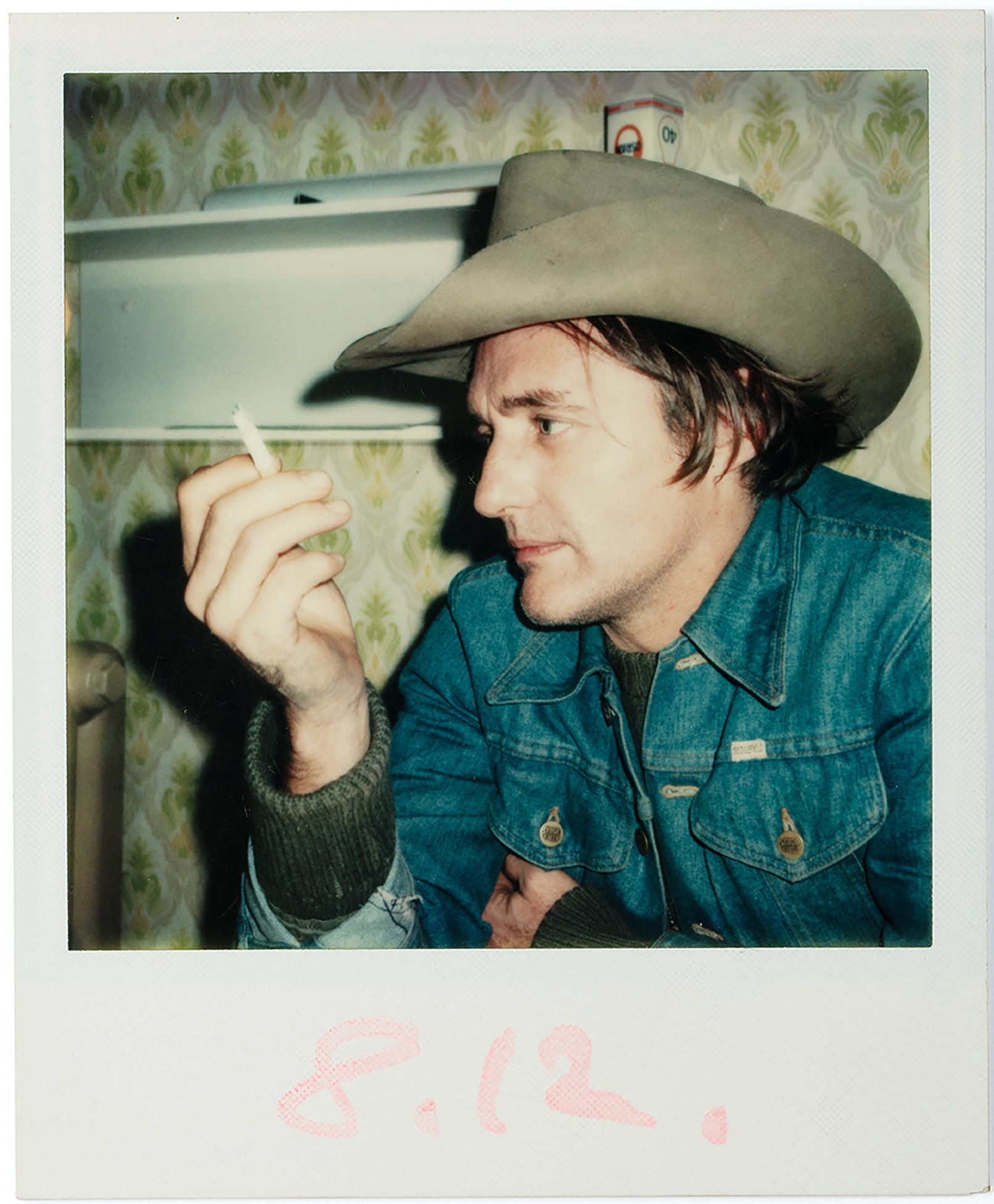
Shortly before filming Alice, Wenders was given a prototype of the Polaroid SX70 which would become so prominent in the film. Making the film was also Wenders’s first experience of America; he had arrived, like many Europeans, with preconceived ideas of the landscape. The exhibition section ‘Looking for America’ depicts Wenders’s outsider’s gaze, taken to an extreme as he scouted for locations. The section details his “disappointment at not finding what he had in his mind”, Grafik says. This disillusion was, however, a key part of the process. “What I enjoy about Wim is that he’s got a centre of gravity to his vision, which allows for those cracks in the iconography. He’s in no way an idealist about these things.”
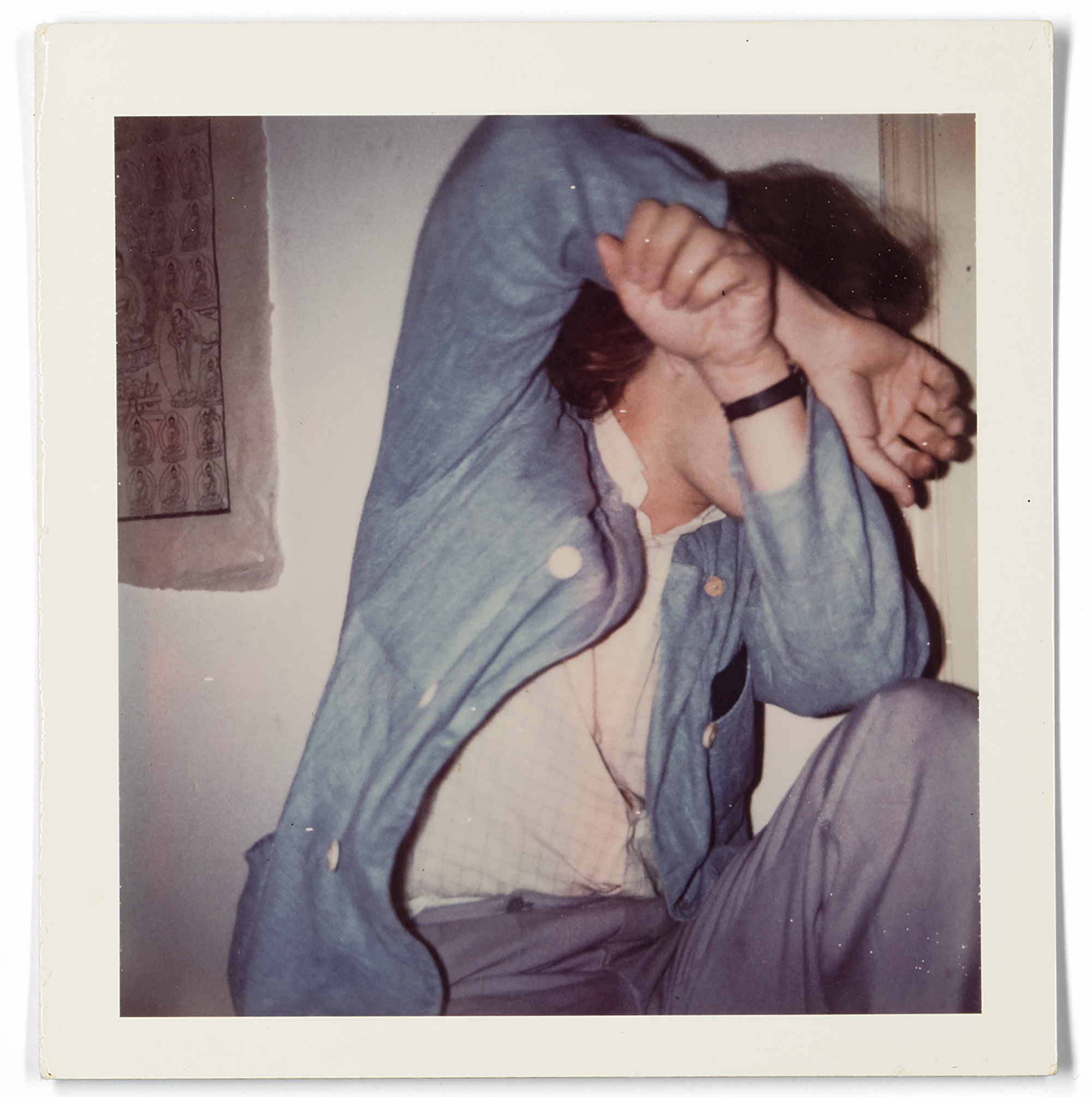
Wenders considered the restrictions and informality of the Polaroid – it’s limited technological abilities, and inability to take panoramic pictures – to be a breath of fresh air. “The way people treated the Polaroid wasn’t burdened with history in the same way as a medium format camera, there was no expectation that you would create great art works with it, unlike film,” Grafik explains. “The idea that Polaroid was like a toy, was really freeing for him.”
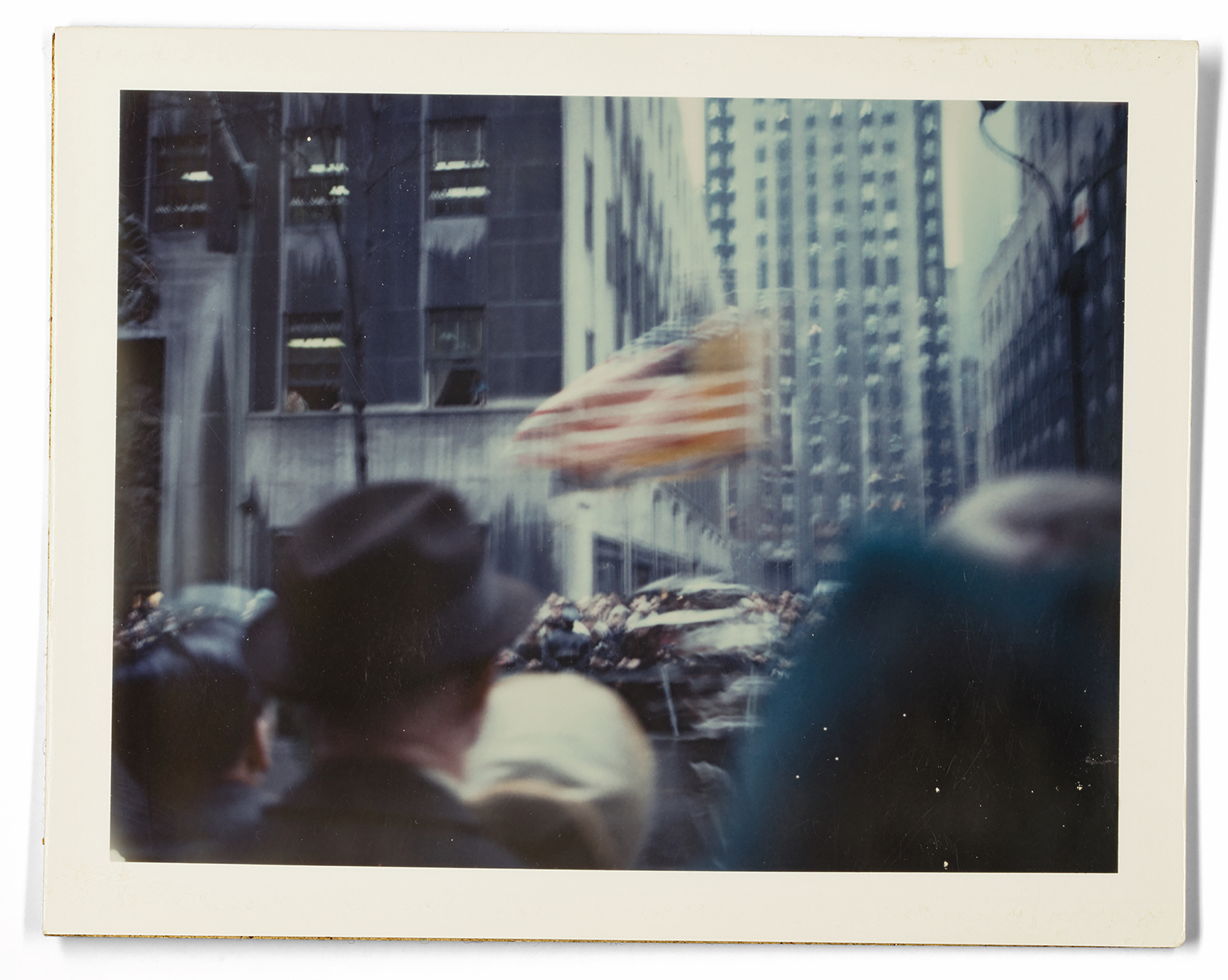
Printed on a wall in the exhibition is an excerpt written by Wenders from Instant Stories, the book published by Thames & Hudson which accompanies the exhibition.
It was a little magic act each time – nothing more, nothing less.
I don’t think I’m romanticising when I allege
that Polaroids were the last outburst of a time
when we had certainty, not only in images.
We had nothing but confidence in things, period.
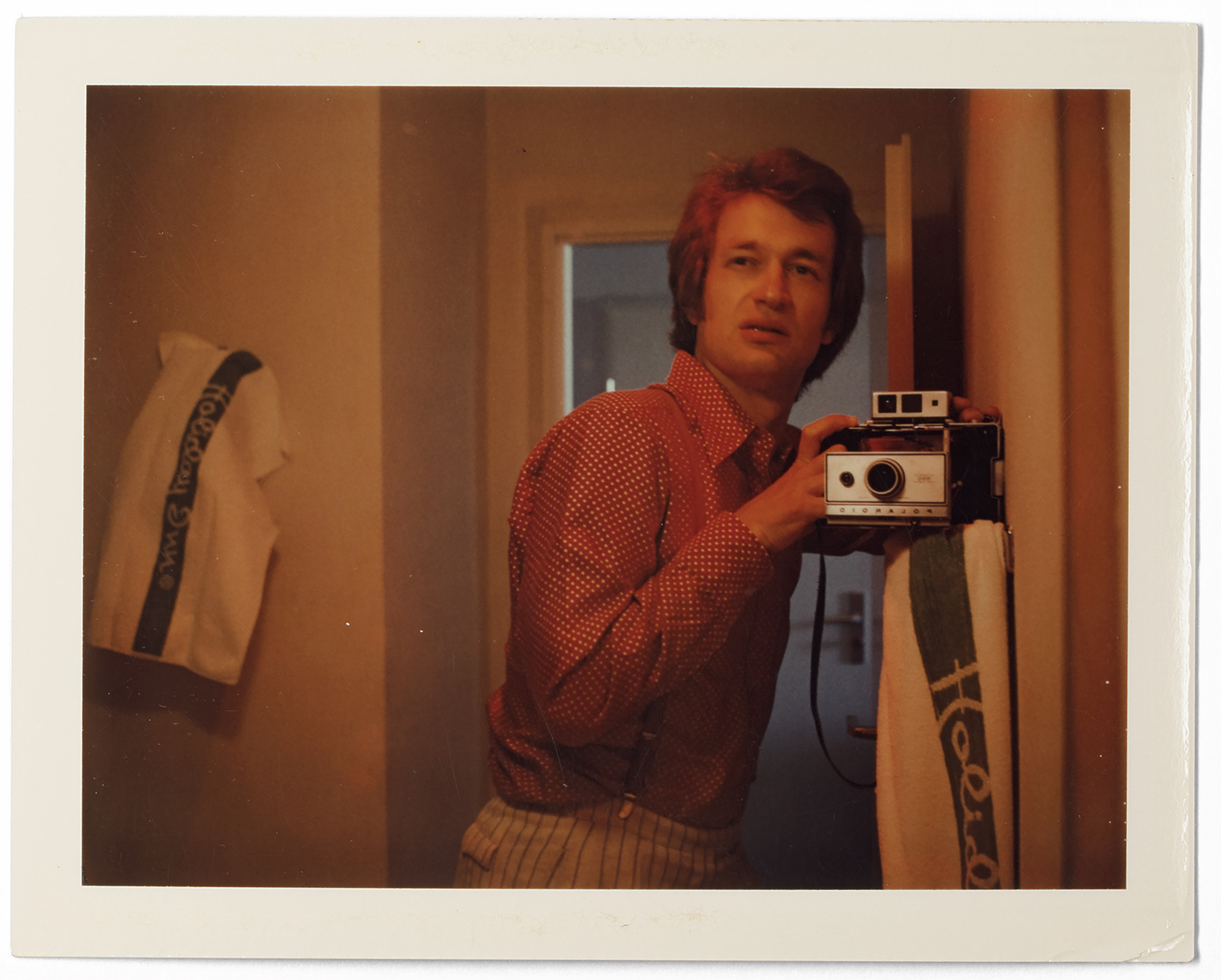
After 1984, Wenders returned to shooting with film. The Polaroid had served its purpose. What made him decide to just stop? I wonder. Grafik pauses. “I think for Wim, there was a period when Polaroid did just what he needed it to do,” she says thoughtfully. “It provided exactly what he needed at that point, and then it just didn’t work for him any more. At some point technology moves on and continuing it would seem somehow a conceit.”
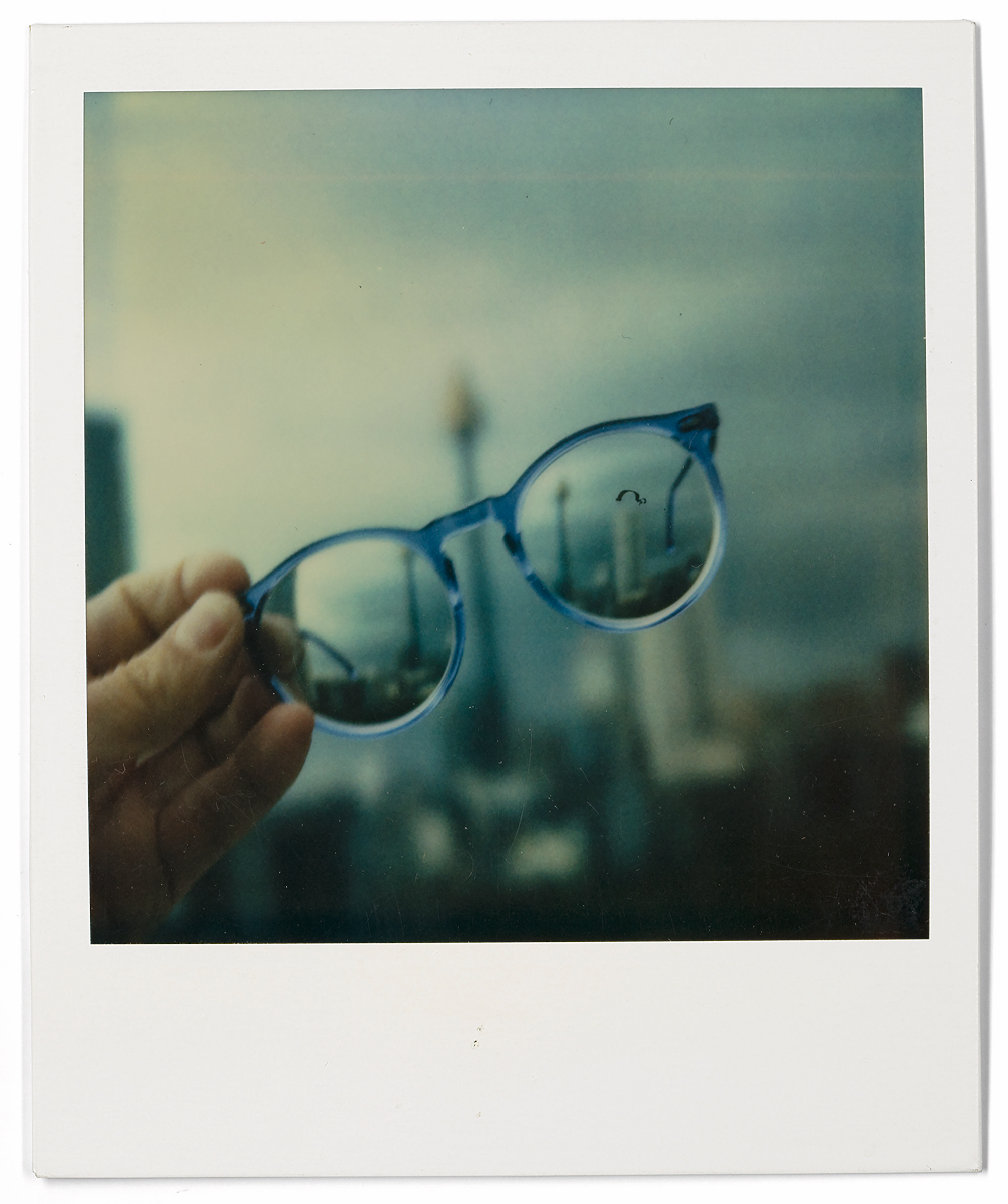
Wenders may not have considered his off-the-cuff images as art at the time they were produced yet, since then, as an art form the Polaroid has been wholly legitimised. Will photography considered equally ephemeral in 2017, such as selfies on Instagram, feature in exhibitions thirty years from now? “That’s a massive question!” Grafik laughs. “It’s open as to whether the taking of imagery now functions in the same way as photographs taken in the 70s were. There’s the practical question of archiving: how these images are archived, whether they even should be. It’s hard to say what will exist thirty years from now, what visual culture will mean to us.”
Instant Stories: Wim Wenders’ Polaroids, will be showing at The Photographers’ Gallery until 11 February 2018
